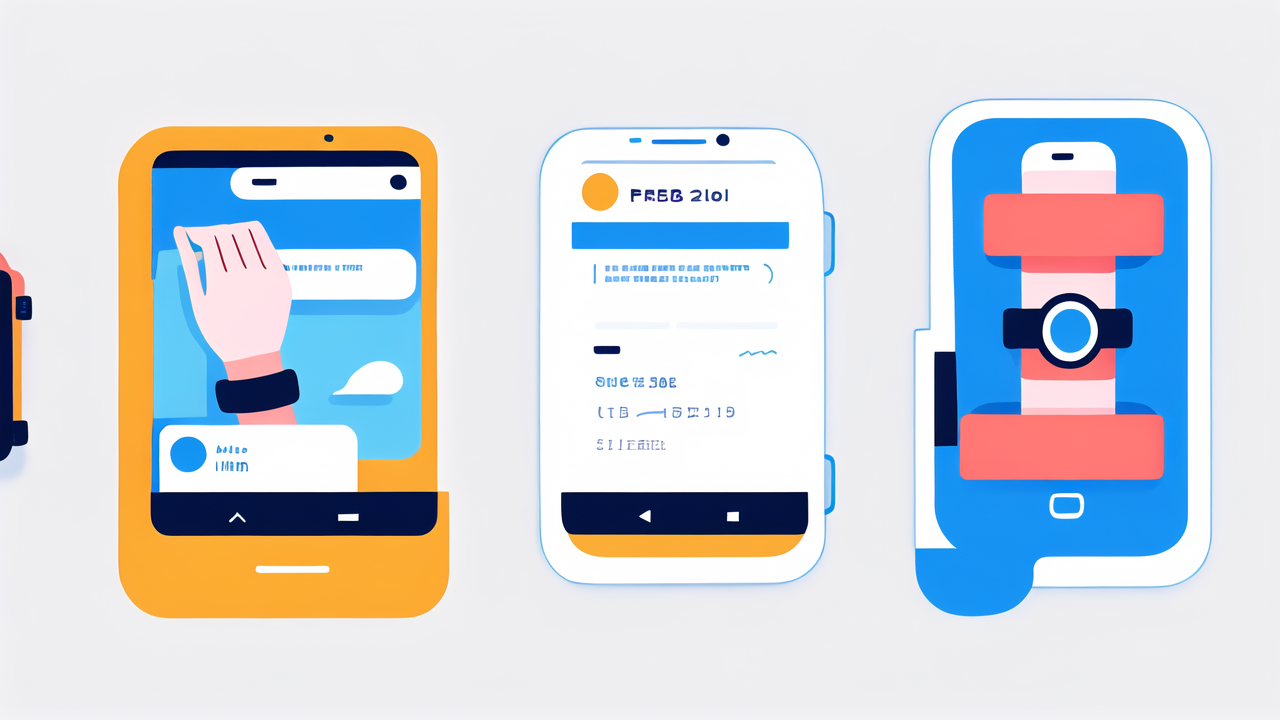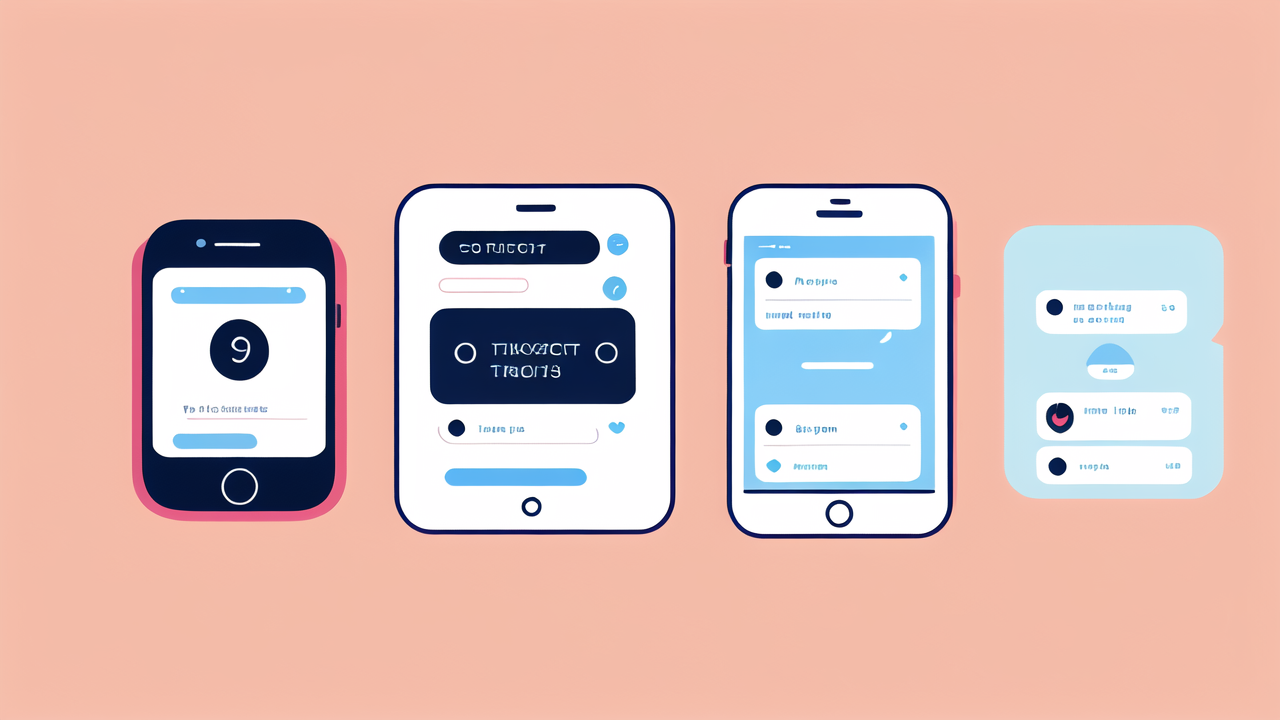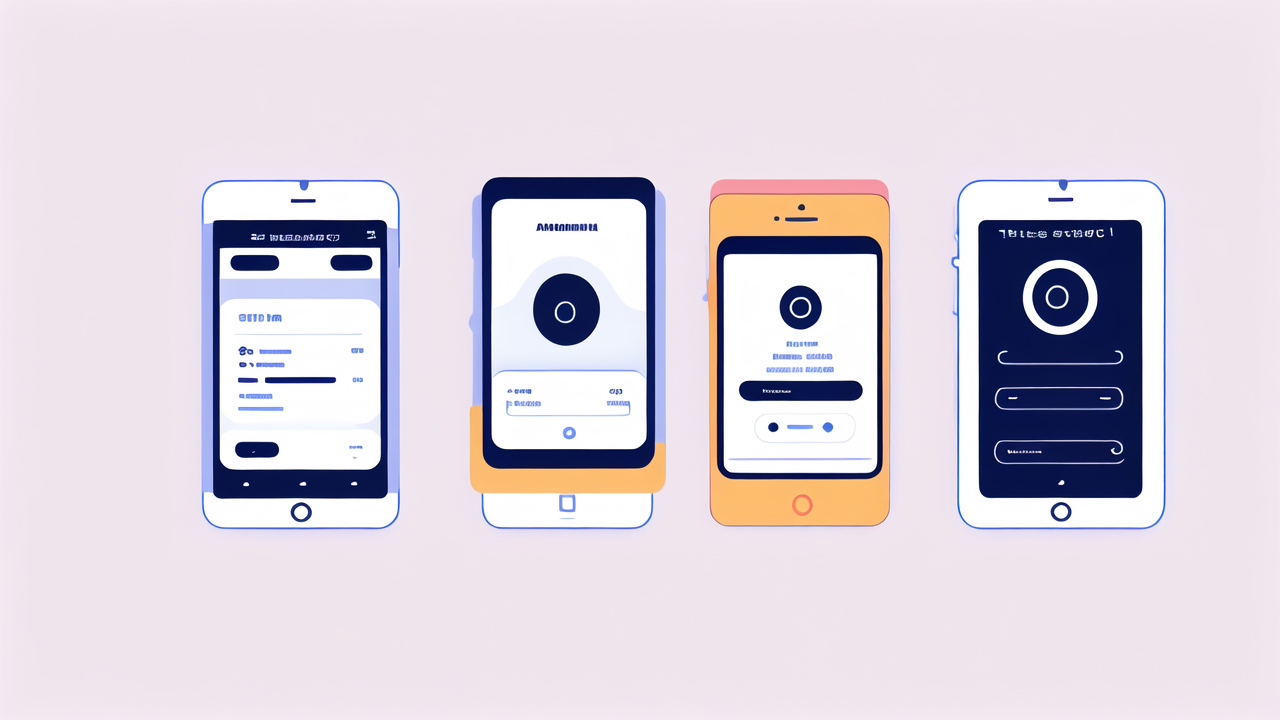Understanding the Smart Bracelet Craze: An Overview
What Is a Smart Bracelet?
Smart bracelets are wearable devices that combine fashion with technology. They look like regular bracelets but have built-in sensors and processors. These devices can track fitness, monitor health, and even display notifications.

Smart bracelets connect to smartphones via Bluetooth. They often have touchscreens or LED displays. Some models can measure heart rate, count steps, and track sleep patterns. Others can show text messages, caller ID, and social media alerts.
Many smart bracelets are water-resistant and have long battery life. They come in various styles, from sporty to elegant. Some popular brands include Fitbit, Garmin, and Samsung. As technology advances, smart bracelets are becoming more powerful and stylish.
The Evolution of Wearable Technology in the Fashion Industry
Wearable tech in fashion has come a long way. It started with basic fitness trackers in the early 2010s. These devices were functional but not very fashionable. They were mostly worn by fitness enthusiasts and early adopters.
As technology improved, so did the design. Fashion brands started to take notice. They began collaborating with tech companies to create more stylish devices. This led to smart jewelry and designer fitness trackers.
Today, we see a blend of fashion and function. Smart bracelets now come in various materials and designs. Some look like traditional jewelry but have hidden tech features. The focus is on creating devices that people want to wear all day, not just at the gym.
Integrating Fashion and Functionality: Case Studies and Success Stories
Fashion Brands That Are Leading the Smart Bracelet Revolution
Several fashion brands have embraced smart bracelet technology. Fossil Group has been a pioneer in this field. They've created stylish smartwatches for brands like Michael Kors and Kate Spade. These devices combine high-end fashion with advanced tech features.

Swarovski has partnered with Misfit to create crystal-encrusted fitness trackers. These luxury devices appeal to fashion-conscious consumers who also value health tracking. Louis Vuitton has also entered the market with their Tambour Horizon smartwatch.
Smaller brands are making waves too. Bellabeat creates smart jewelry specifically for women. Their leaf-shaped trackers can be worn as necklaces, bracelets, or clips. These examples show how fashion brands are innovating in the wearable tech space.
Real-World Applications: How Smart Bracelets Enhance Daily Life
Smart bracelets have found many practical uses in everyday life. In healthcare, they help patients monitor chronic conditions. Doctors can use the data to provide better care. Some bracelets can even detect falls and send alerts to caregivers.
In the workplace, smart bracelets are improving safety and productivity. They can track employee movements and alert them to potential hazards. Some companies use them to monitor stress levels and encourage breaks.
For fitness enthusiasts, smart bracelets offer detailed workout tracking. They can measure performance metrics and suggest improvements. Many people use them to set and achieve fitness goals.
In social settings, smart bracelets can enhance communication. They can discreetly notify wearers of incoming messages or calls. This allows people to stay connected without constantly checking their phones.
Looking Ahead: Trends and Predictions in Wearable Technology
The Role of AI and Machine Learning in Future Smart Bracelets
Artificial Intelligence (AI) and Machine Learning (ML) are set to transform smart bracelets. These technologies will make devices more intuitive and personalized. AI could help bracelets learn user habits and preferences over time.

Future smart bracelets might predict health issues before they become serious. They could analyze patterns in heart rate, sleep, and activity levels. This could lead to early detection of conditions like heart disease or sleep disorders.
ML algorithms could provide more accurate fitness recommendations. They could analyze workout data and suggest personalized training plans. This would be like having a personal trainer on your wrist.
AI could also enhance the user interface of smart bracelets. Voice commands and gesture controls might become more common. This would make the devices easier to use, especially for people with disabilities.
The Impact of 5G on Wearable Fashion Technology in the United States
The rollout of 5G networks in the United States will greatly impact smart bracelets. Faster data speeds will allow for more real-time features. Devices could stream high-quality video or make video calls directly from the wrist.
5G will enable better connectivity between devices. Smart bracelets could communicate with other smart devices seamlessly. This could create a more integrated smart home or office experience.
The low latency of 5G will improve location-based services. Smart bracelets could provide more accurate navigation and location tracking. This could be useful for safety features or augmented reality applications.
5G will also allow for more data processing in the cloud. This means smart bracelets could become smaller and more stylish. They wouldn't need as much on-board processing power.
In conclusion, smart bracelets are at the forefront of wearable technology in fashion. They're becoming more stylish, functional, and integrated into our daily lives. With AI, ML, and 5G on the horizon, the future of smart bracelets looks bright. These devices will continue to revolutionize how we interact with technology and fashion.




Leave a comment
This site is protected by hCaptcha and the hCaptcha Privacy Policy and Terms of Service apply.